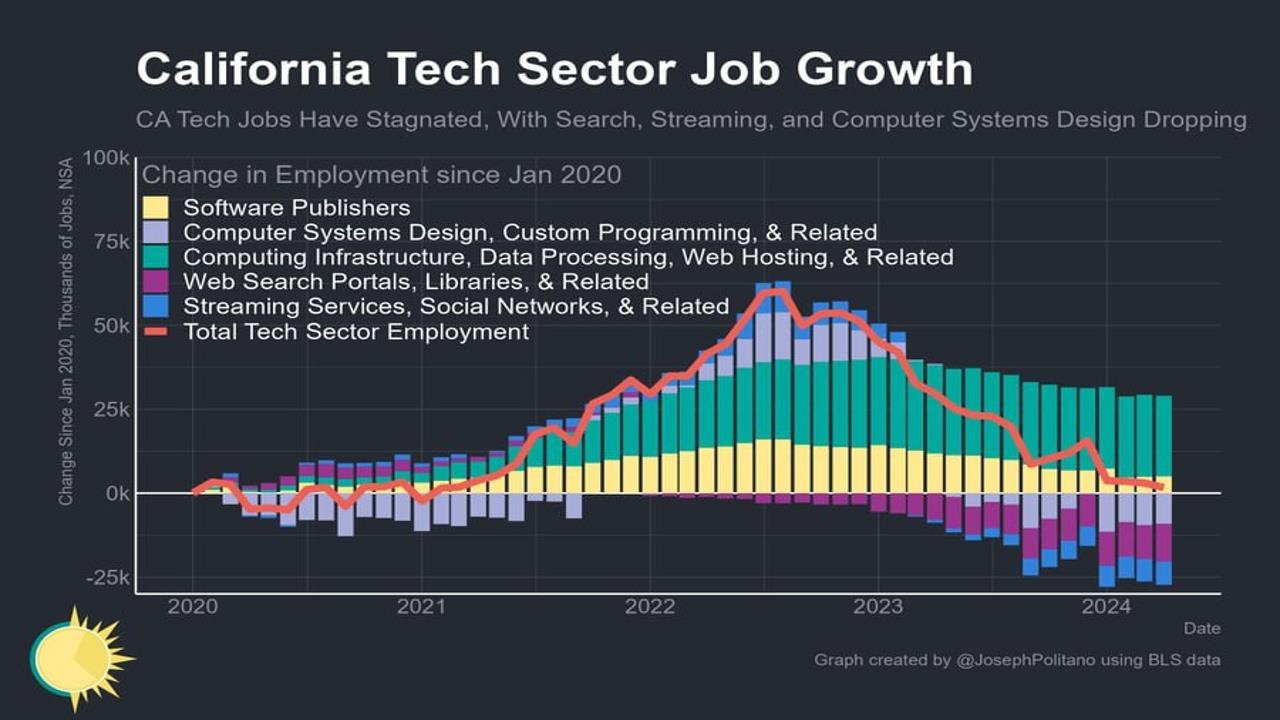Video:
Take our online poll:
AI Analysis:
The Bureau of Labor Statistics (BLS) produces several key reports that track employment data, two of the most notable being the "Business Employment Dynamics" (BED) report and the "Nonfarm Payroll" (NFP) report. Each serves a different purpose and provides unique insights into the labor market.
Business Employment Dynamics (BED) Report
Purpose and Scope:
The BED report provides detailed information on gross job gains and losses, which are derived from the Quarterly Census of Employment and Wages (QCEW). It tracks the establishment-level data to highlight the dynamics of employment changes, including the creation and destruction of jobs.
Data Sources and Methodology:
The BED data come from state unemployment insurance programs, covering about 98% of U.S. jobs. It provides quarterly data on the number of job gains and losses, examining the underlying movements in the labor market rather than just net employment changes.
Key Metrics:
Gross job gains: Jobs added at opening and expanding establishments.
Gross job losses: Jobs lost at closing and contracting establishments.
These metrics help understand the underlying turnover in the labor market, providing insights into economic stability and growth.
Utility:
The BED report is useful for understanding the dynamics of job creation and destruction at a more granular level, providing insights into the health and dynamism of the labor market.
Nonfarm Payroll (NFP) Report
Purpose and Scope:
The NFP report, part of the Current Employment Statistics (CES) program, provides a monthly snapshot of total employment, hours, and earnings of workers on nonfarm payrolls. It is a key indicator of overall economic health and is closely watched by policymakers, economists, and investors.
Data Sources and Methodology:
The NFP data are collected through a survey of about 144,000 businesses and government agencies, representing approximately 697,000 worksites. It provides timely monthly data on employment levels, the unemployment rate, and average hourly earnings.
Key Metrics:
Nonfarm payroll employment: Total number of paid U.S. workers, excluding farm workers, private household employees, and non-profit organization employees.
Unemployment rate: Percentage of the labor force that is jobless and actively seeking employment.
Average hourly earnings: Measure of wage growth.
Average weekly hours: Measures the average number of hours worked per week by employees.
Utility:
The NFP report is a critical indicator of current labor market conditions and overall economic activity. It is often used to make policy decisions and to gauge the health of the economy.
Major Differences
Focus Areas:
The BED report focuses on the dynamics of employment changes at the establishment level, tracking gross job gains and losses. The NFP report provides a monthly overview of net employment changes, the unemployment rate, and wage data, offering a snapshot of current labor market conditions.
Frequency and Timeliness:
The BED report is released quarterly, with a significant lag (typically about 7 months after the reference quarter), providing a retrospective view of employment dynamics.
The NFP report is released monthly, typically on the first Friday of the month following the reference period, offering timely insights into the labor market.
Level of Detail:
The BED report provides detailed information on job creation and destruction at the establishment level, offering insights into the underlying movements within the labor market.
The NFP report provides aggregate data on employment, unemployment, and earnings, giving a broad overview of the labor market’s current state.
By examining both the BED and NFP reports, one can gain a comprehensive understanding of both the short-term and long-term dynamics of the U.S. labor market.
For more detailed information, you can visit the BLS pages for BED and NFP.
Chart:

References:


Comments